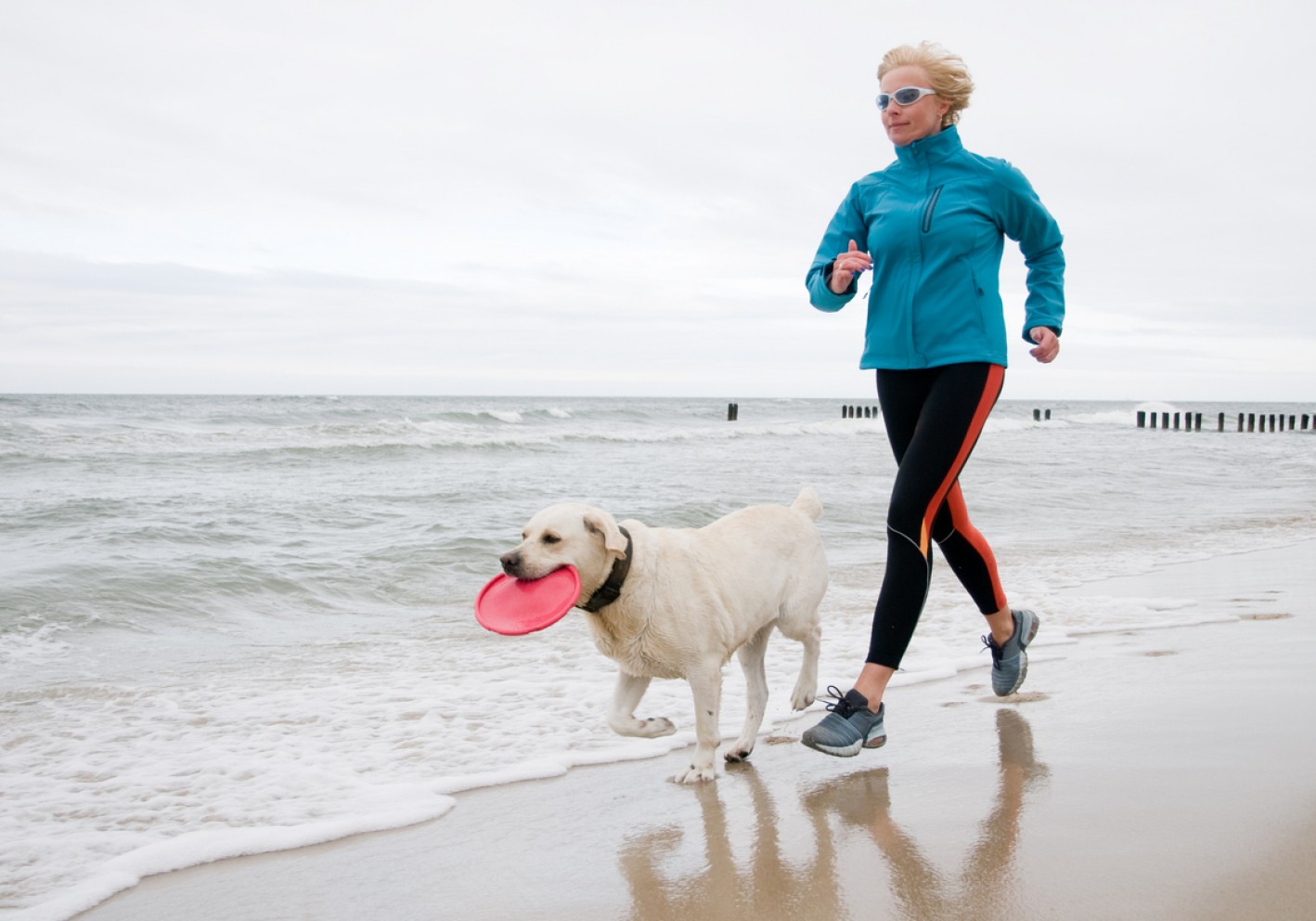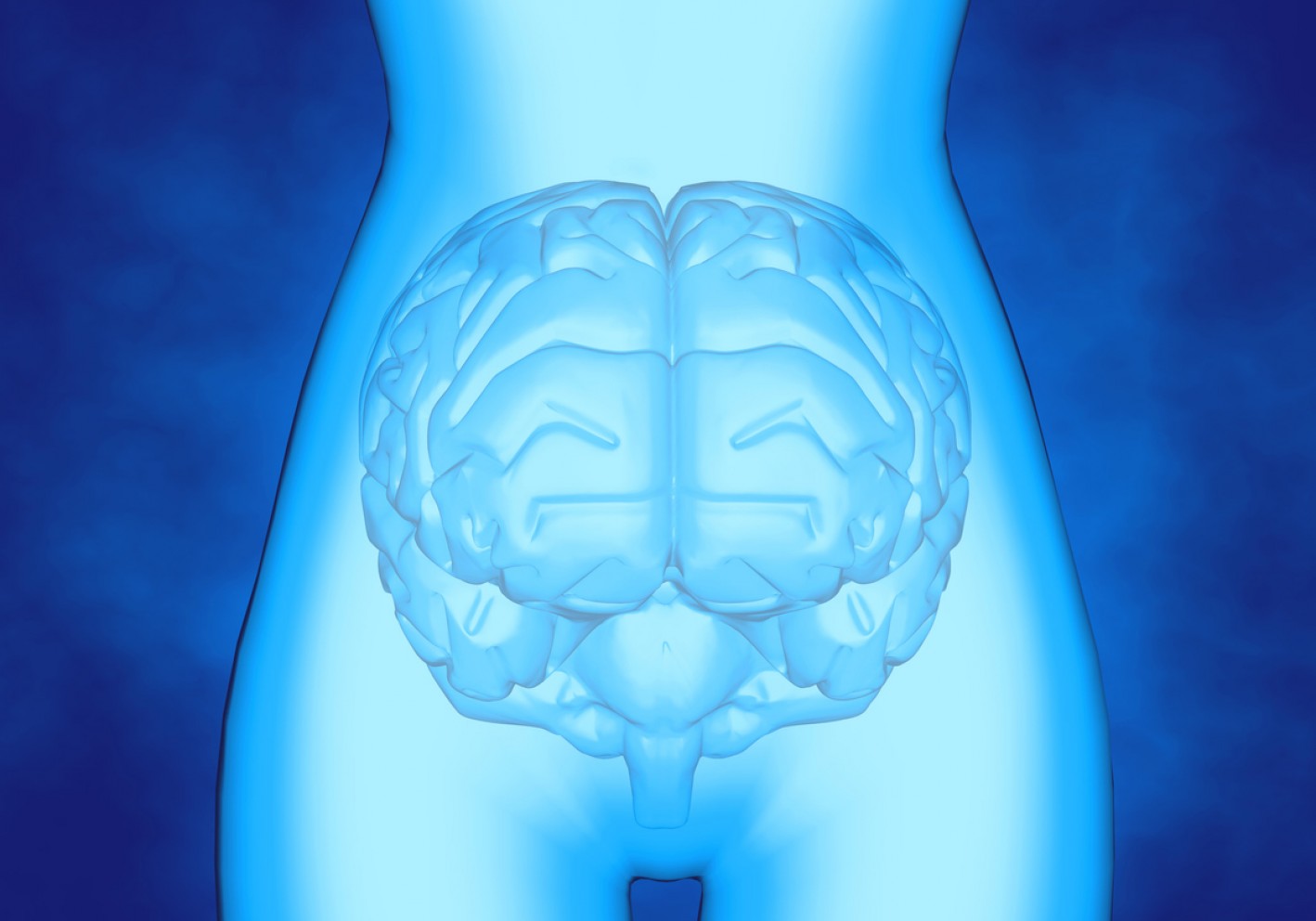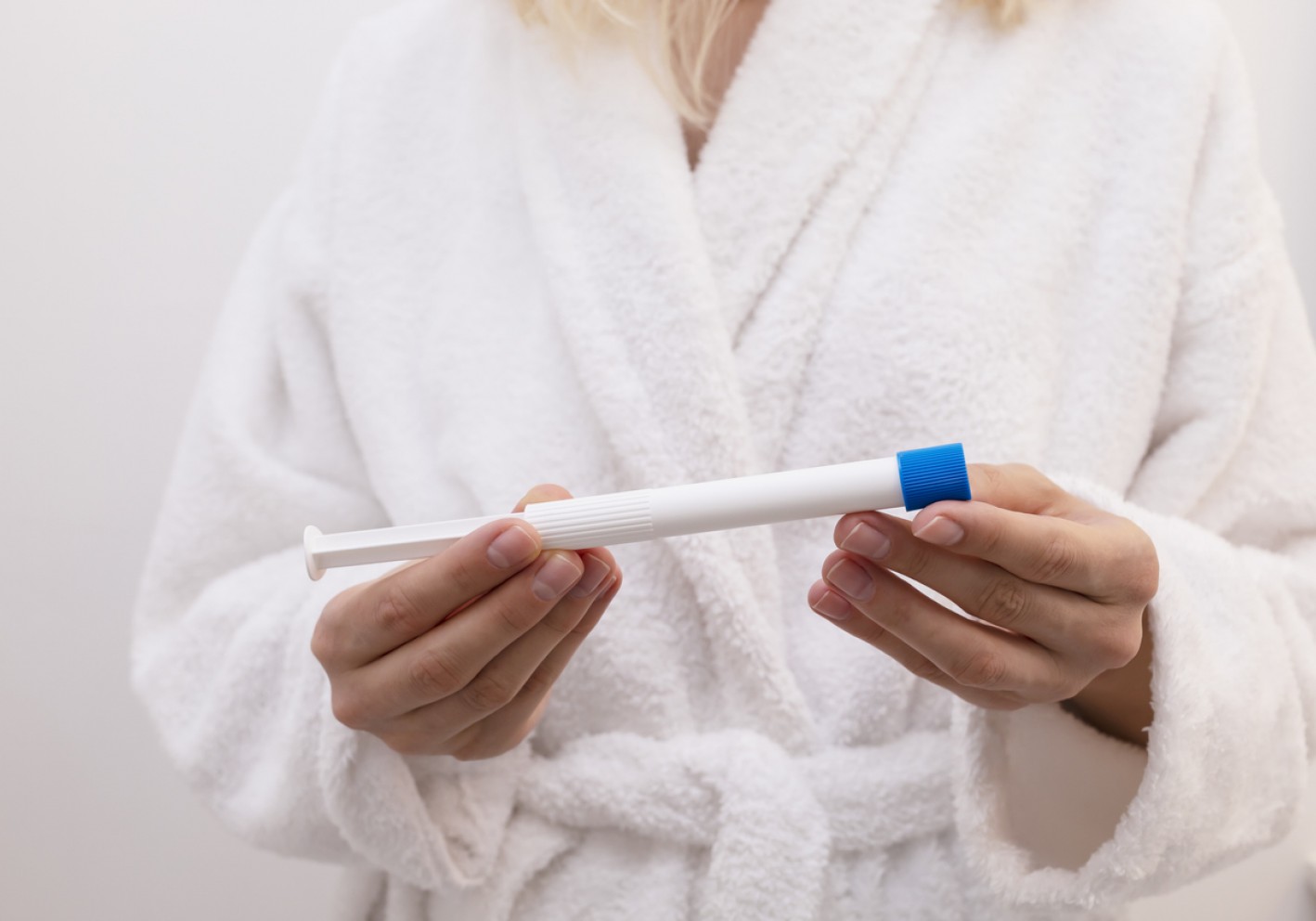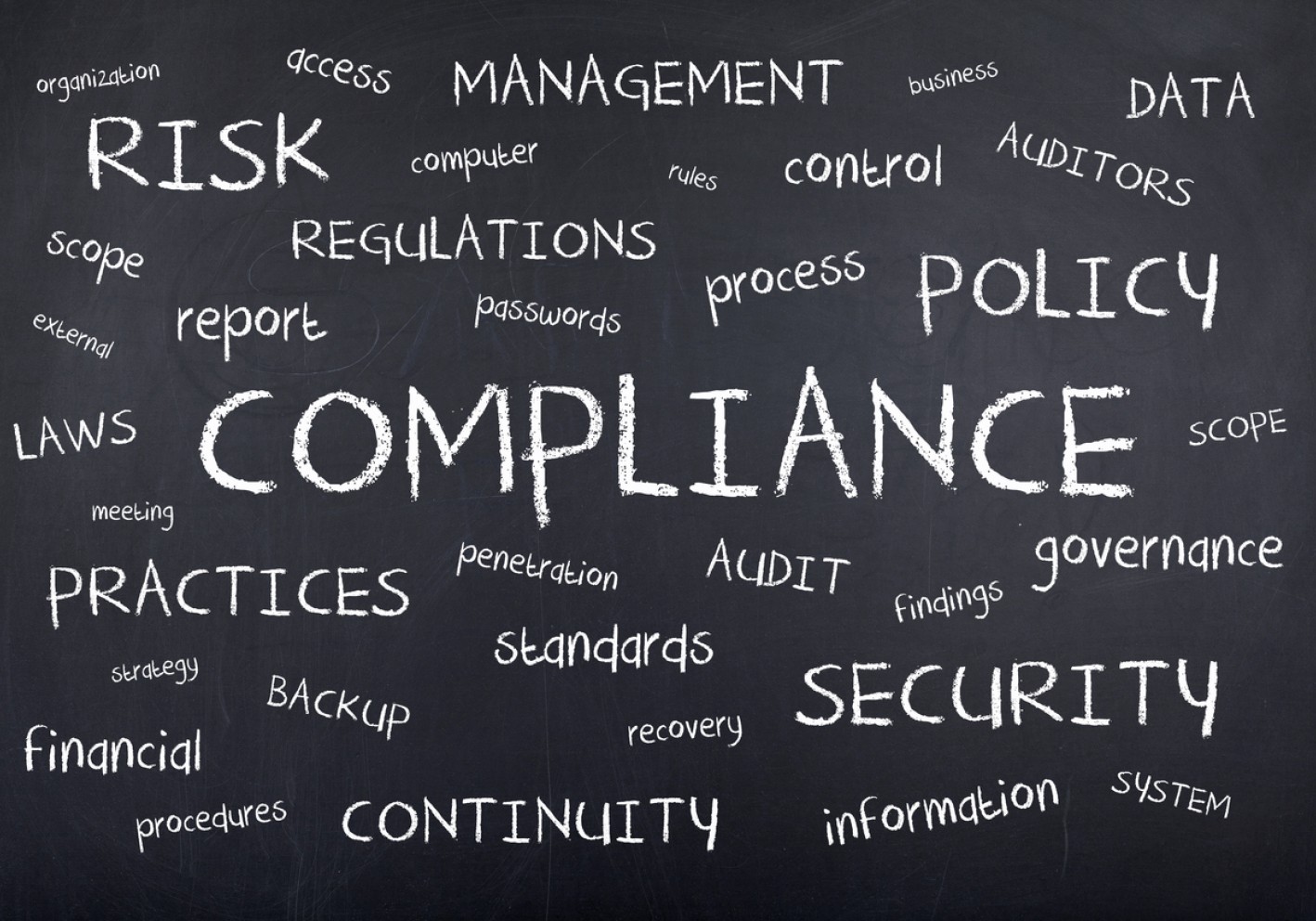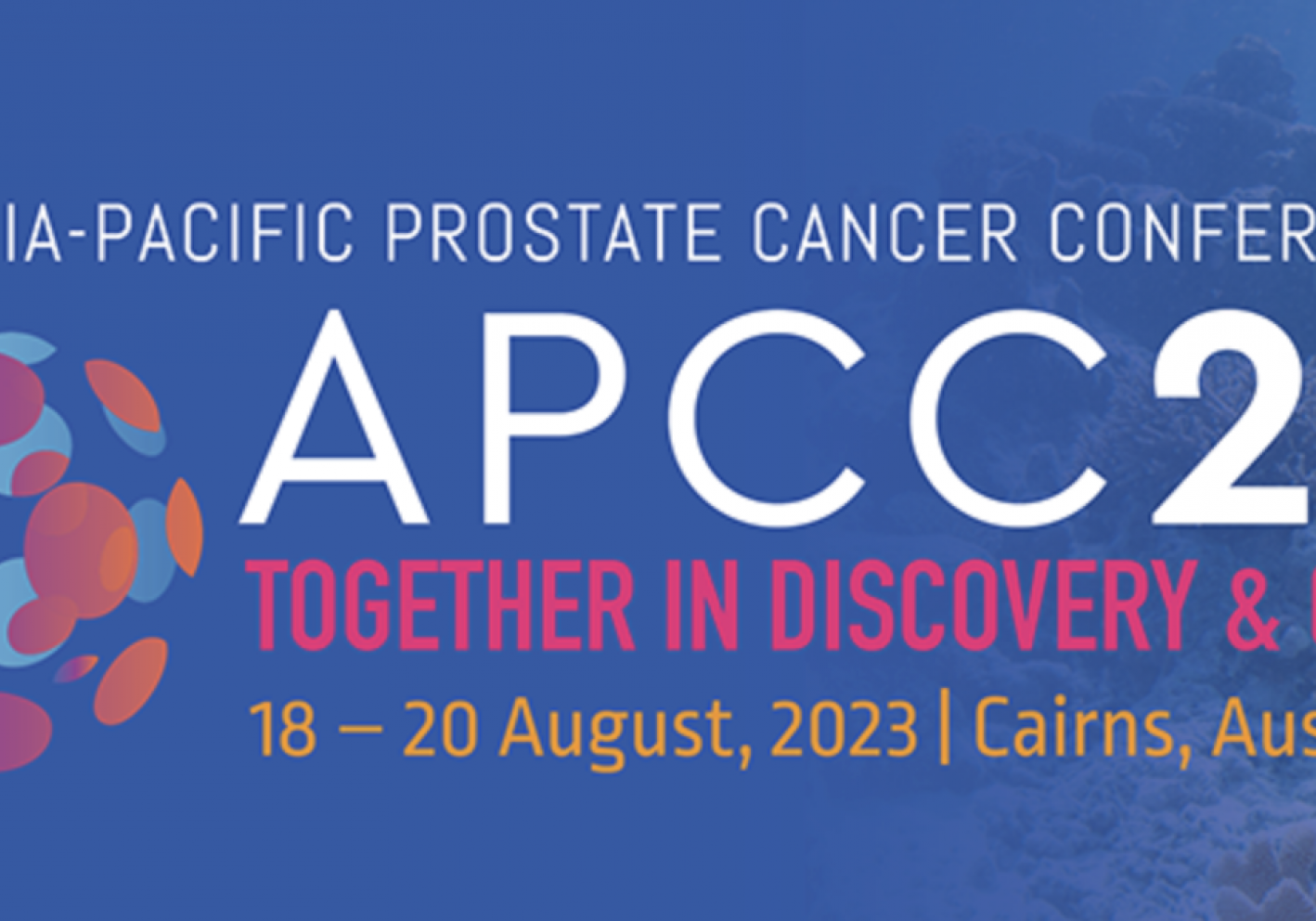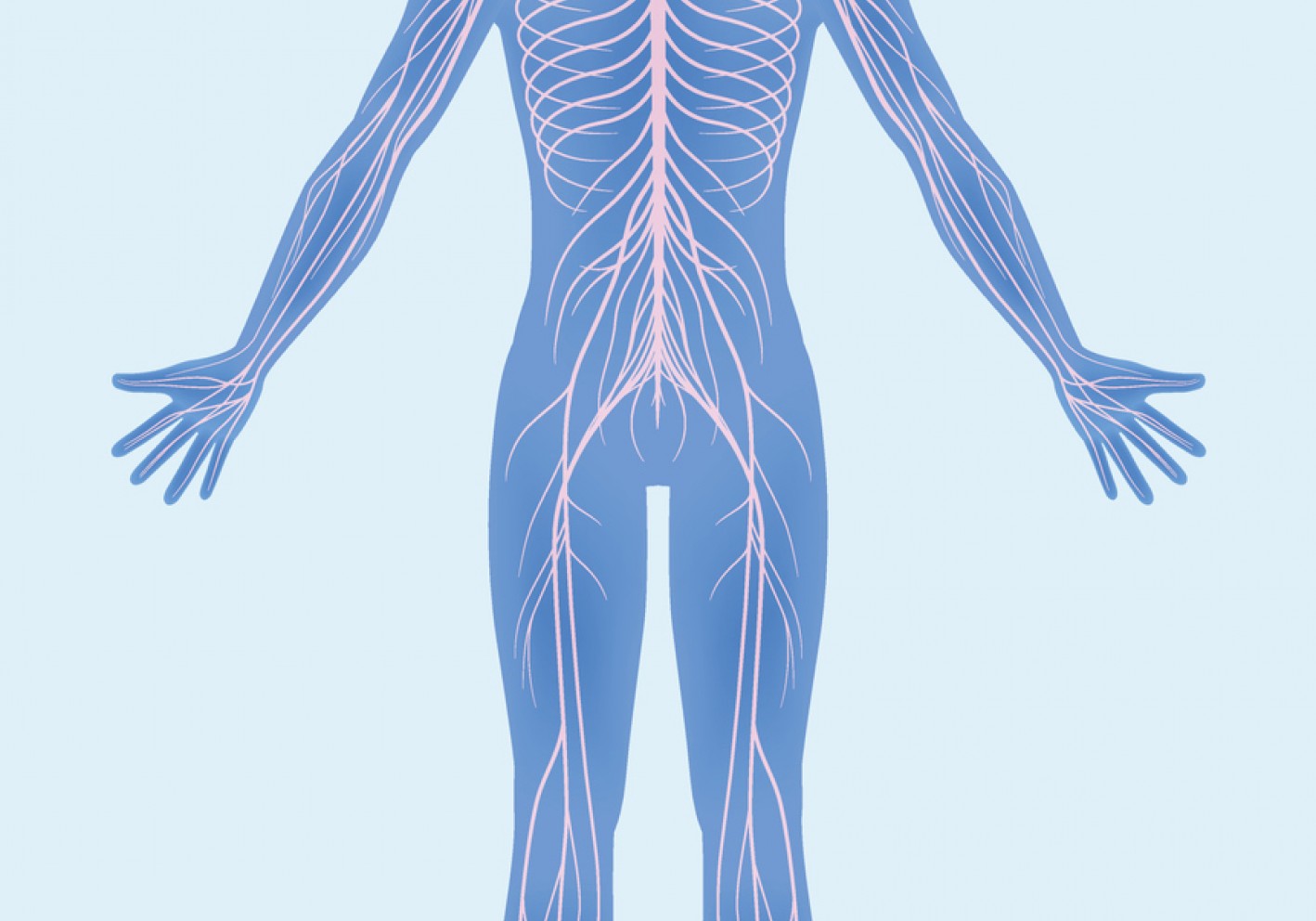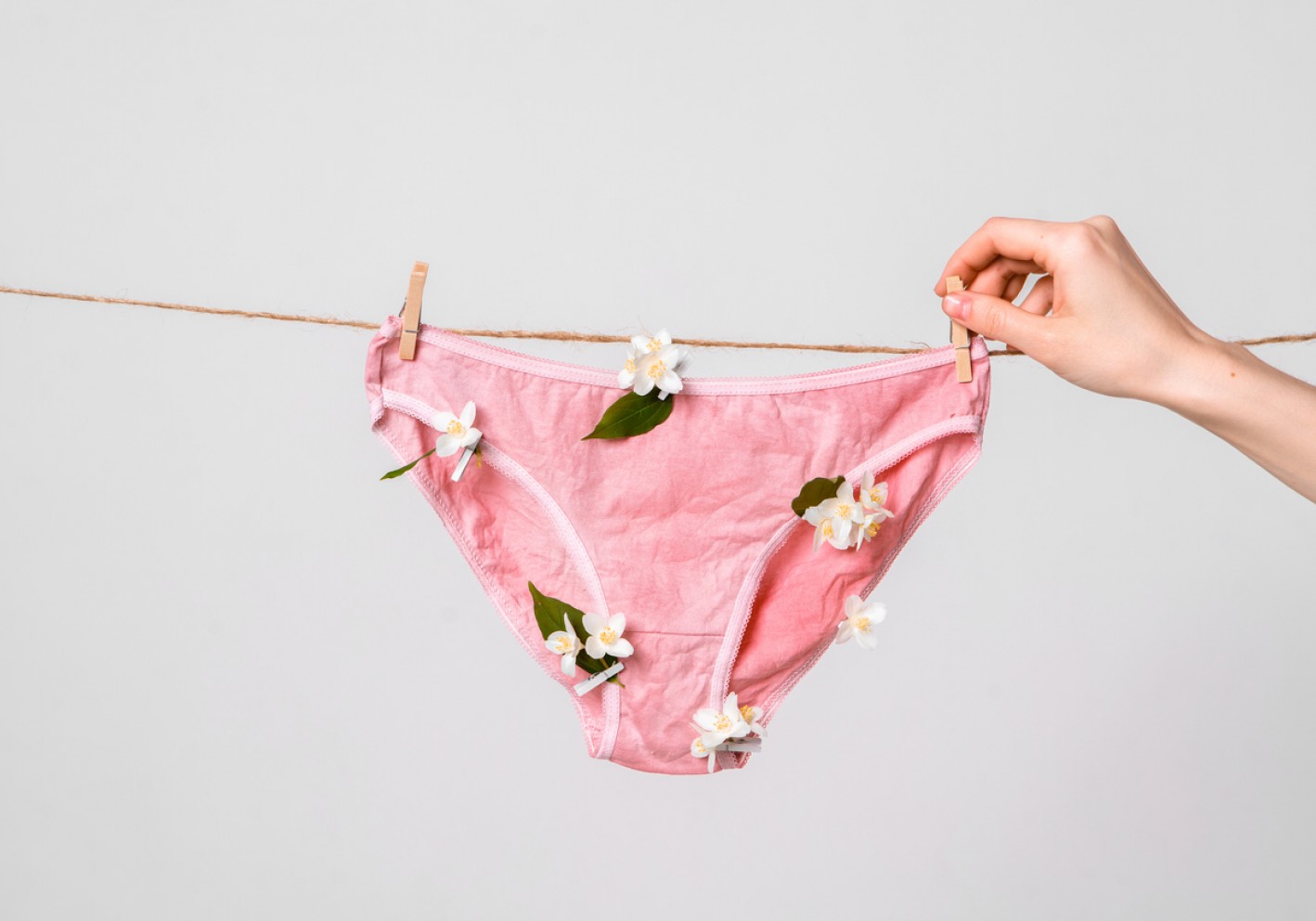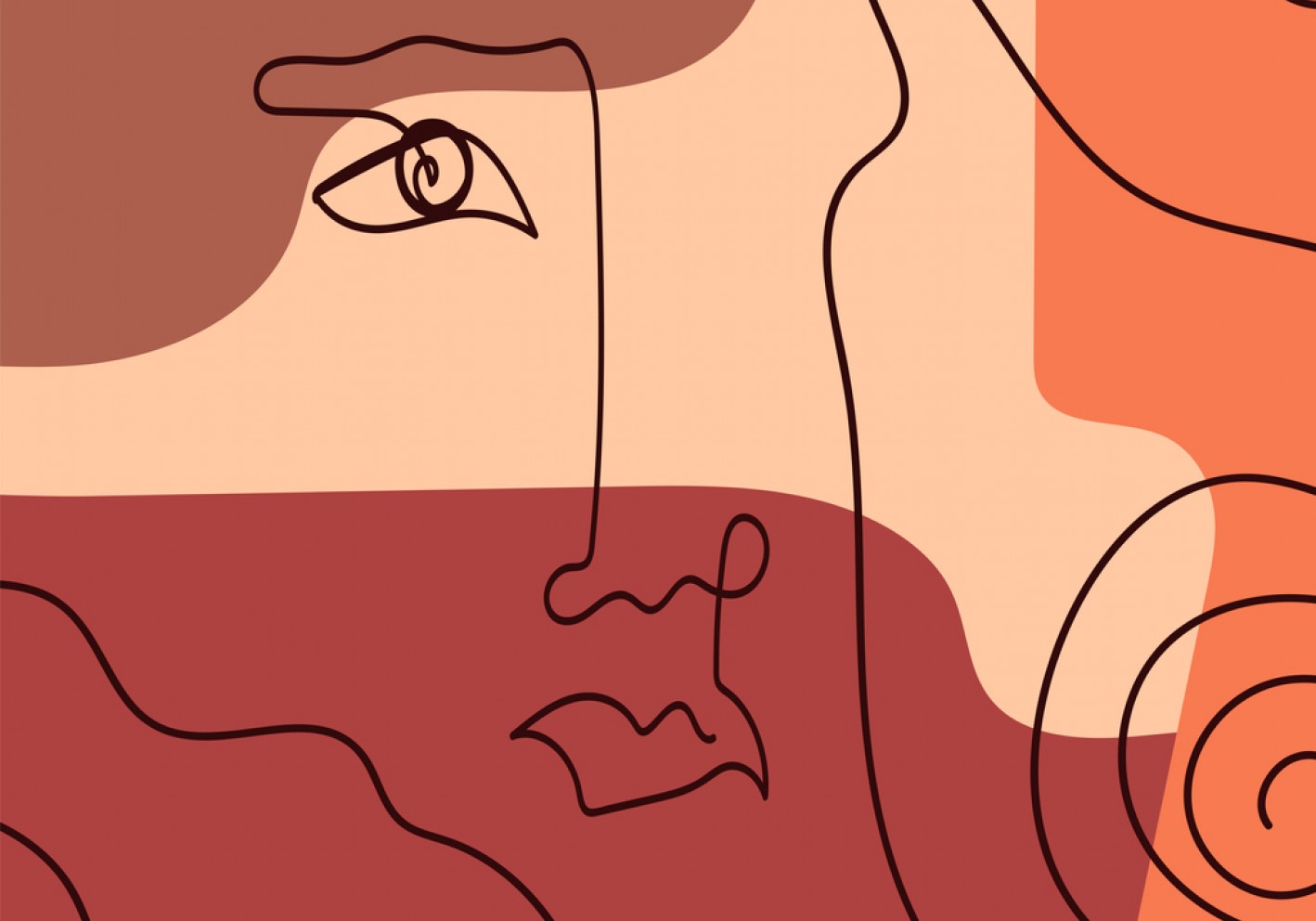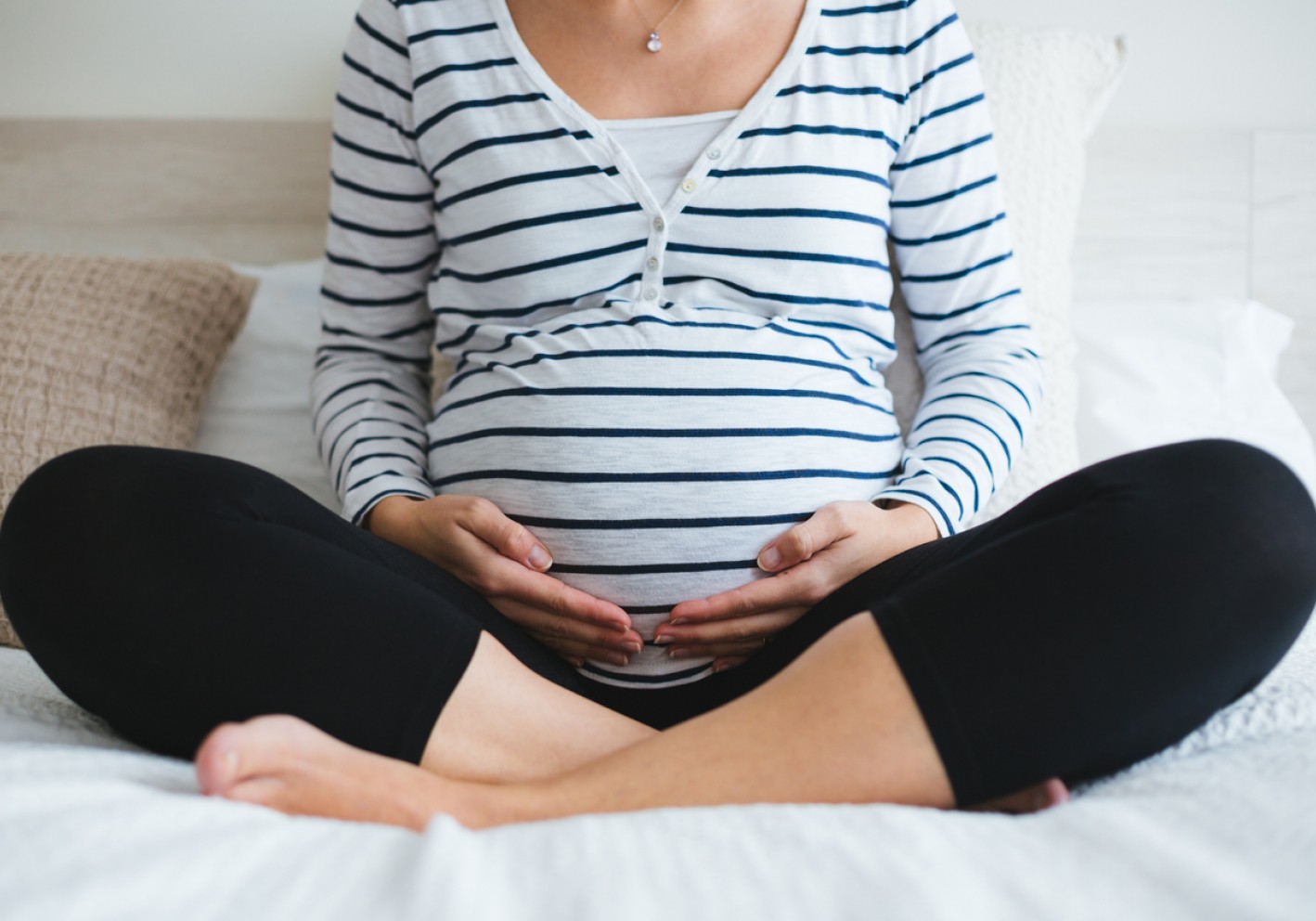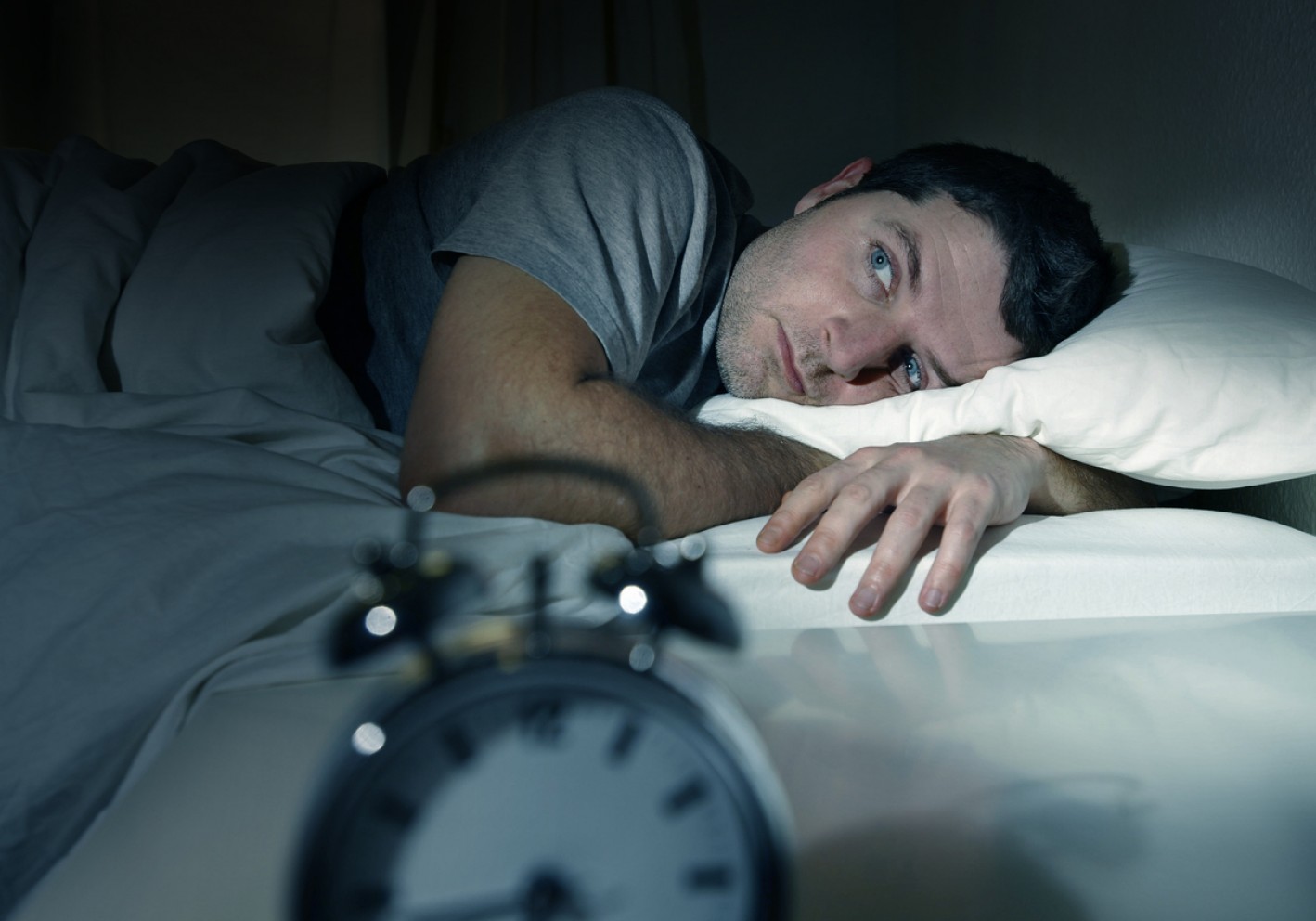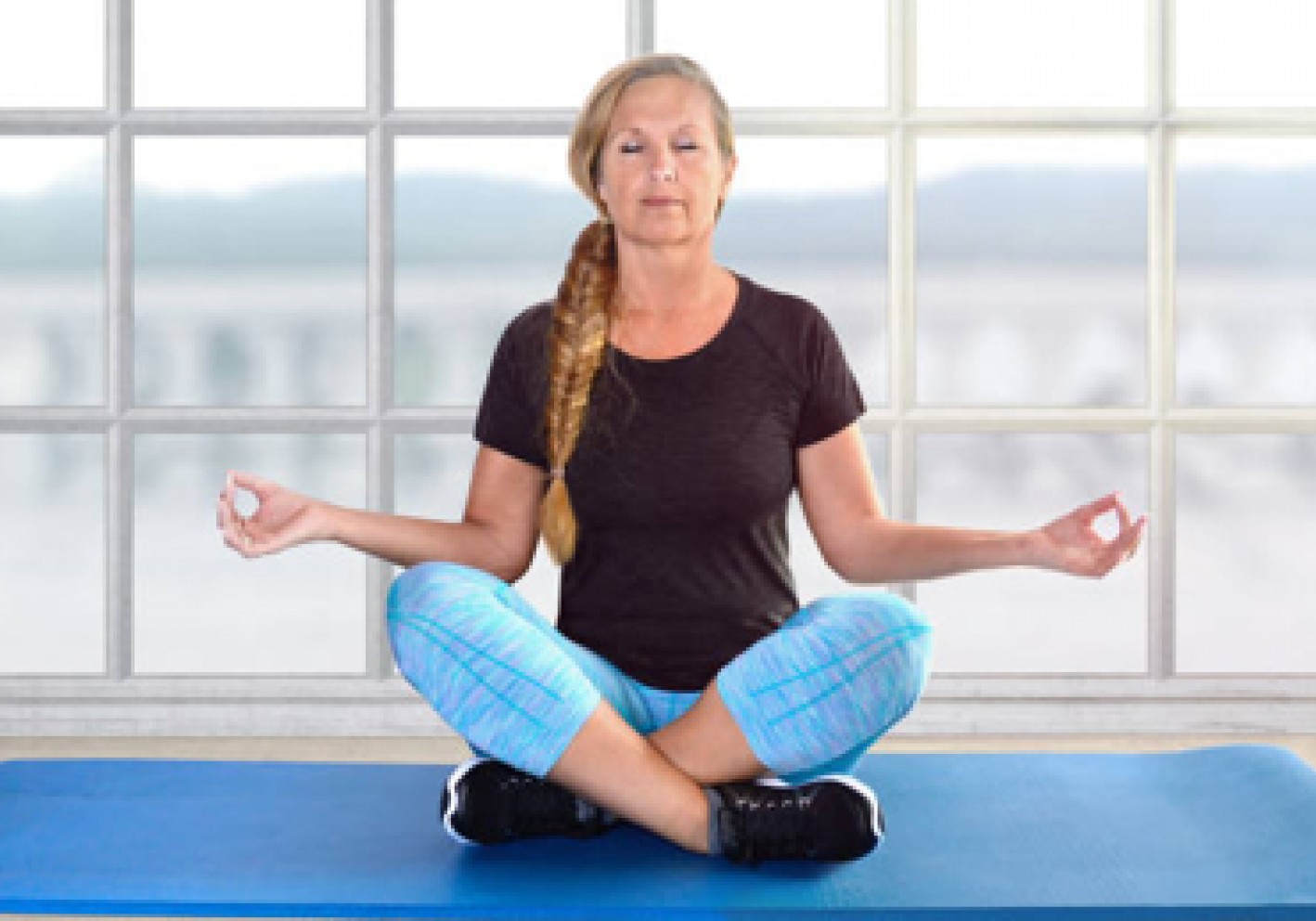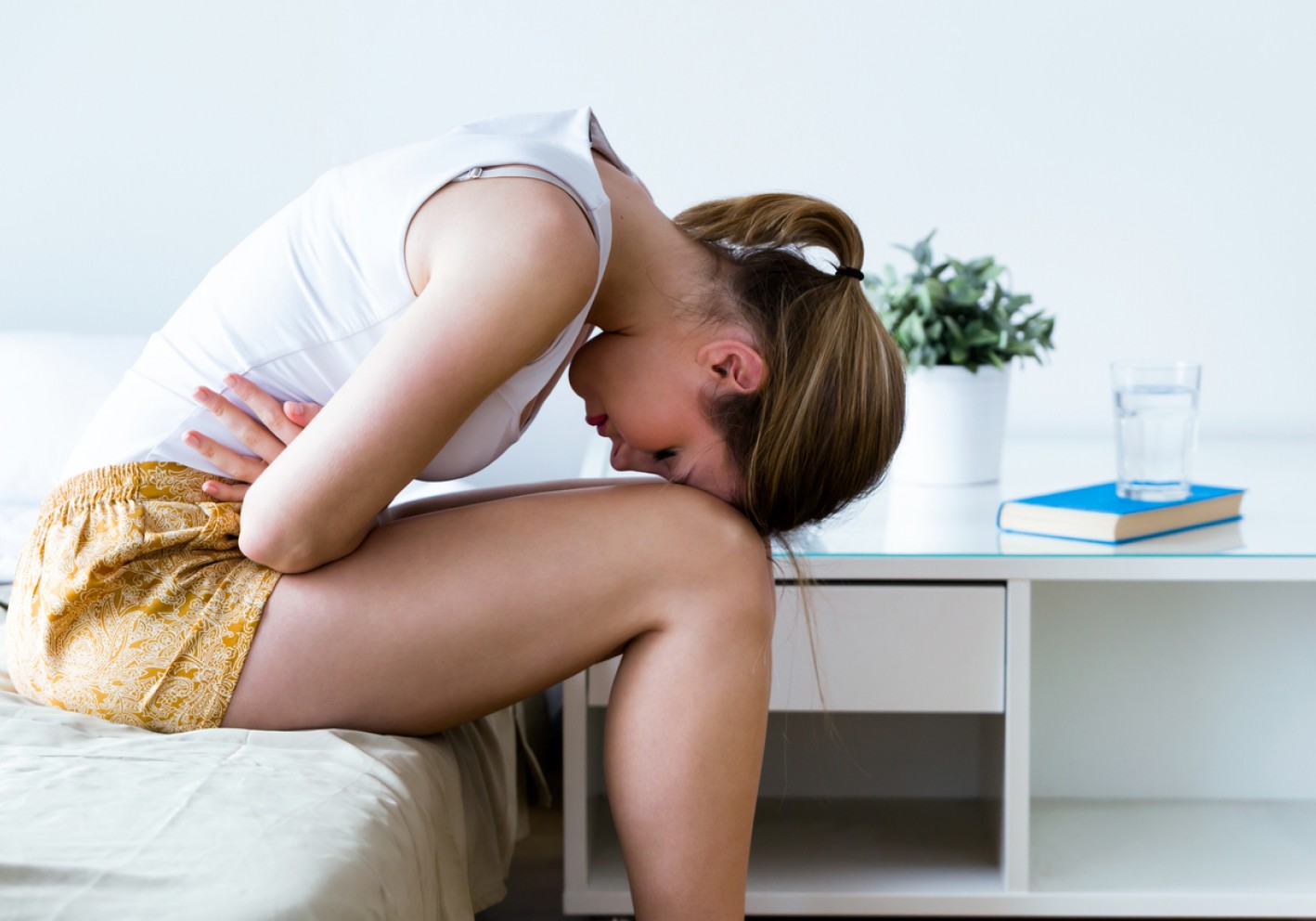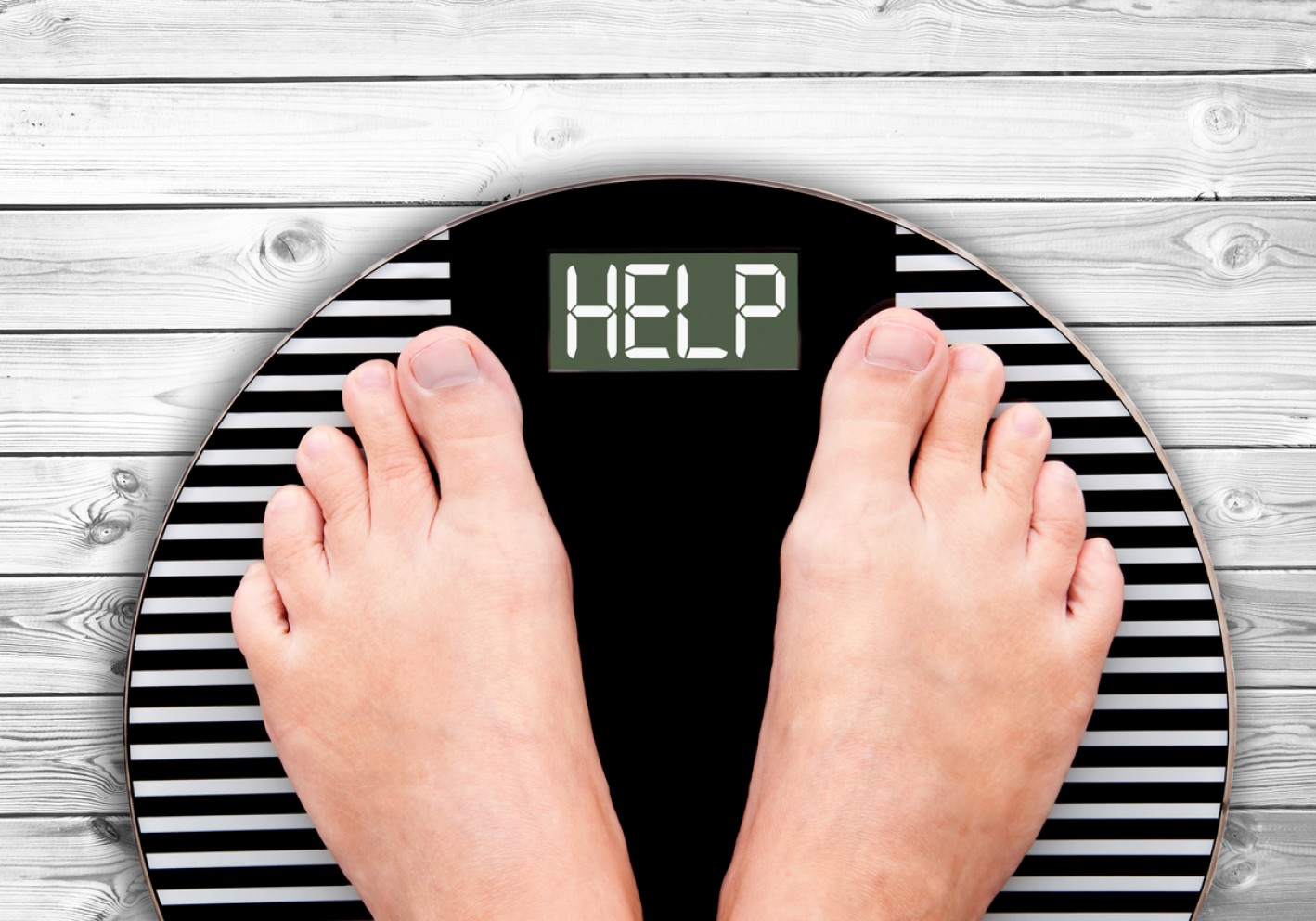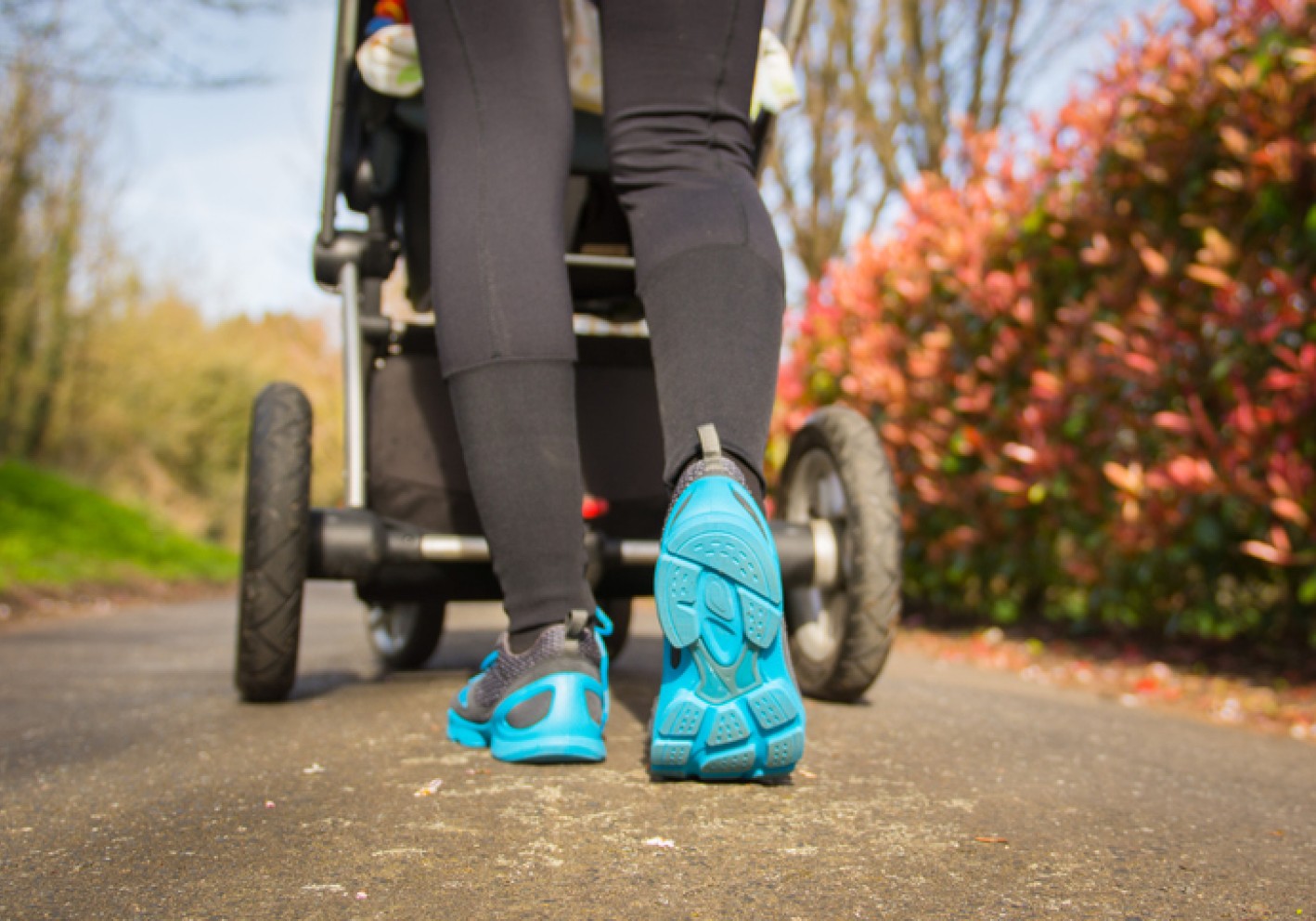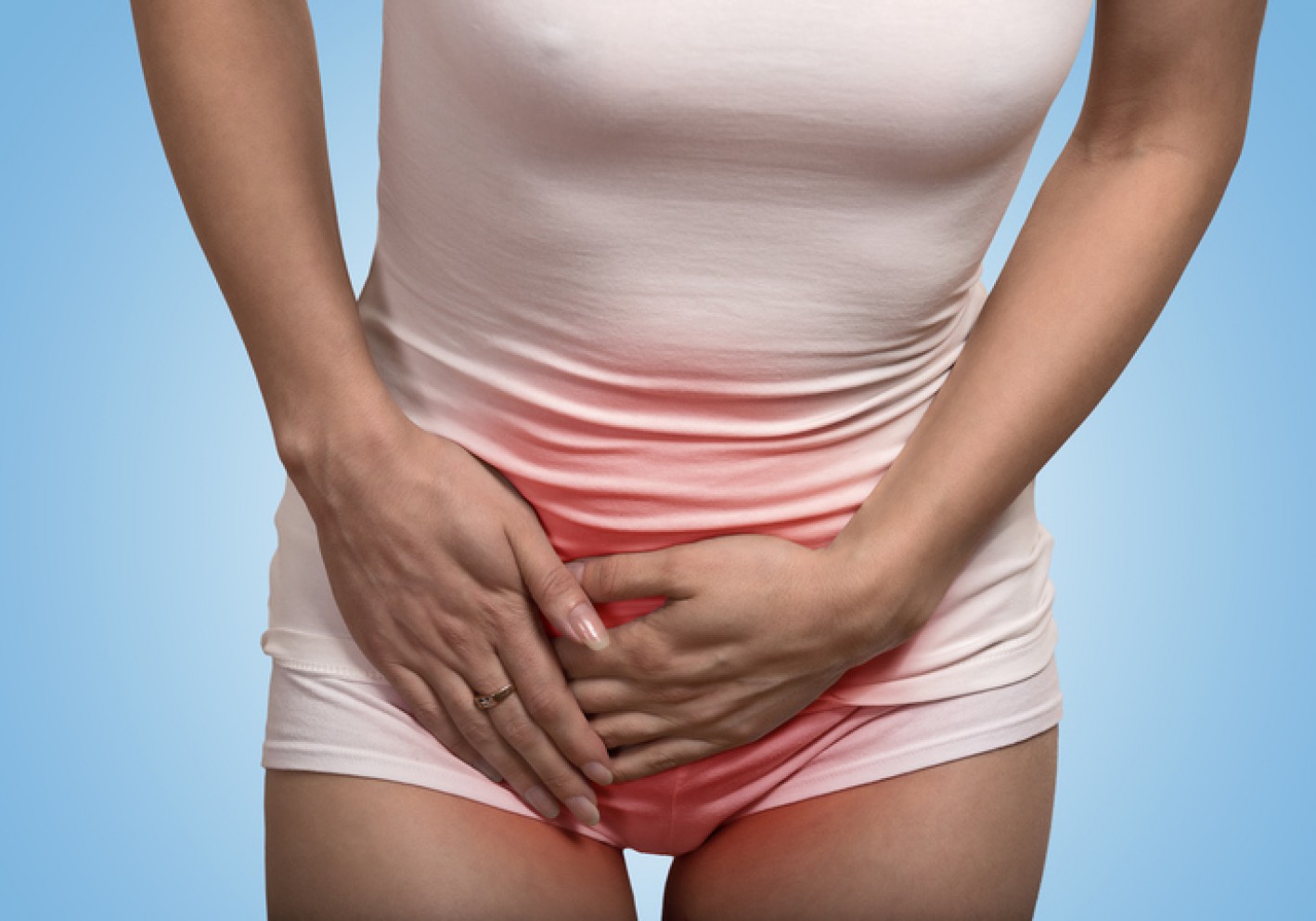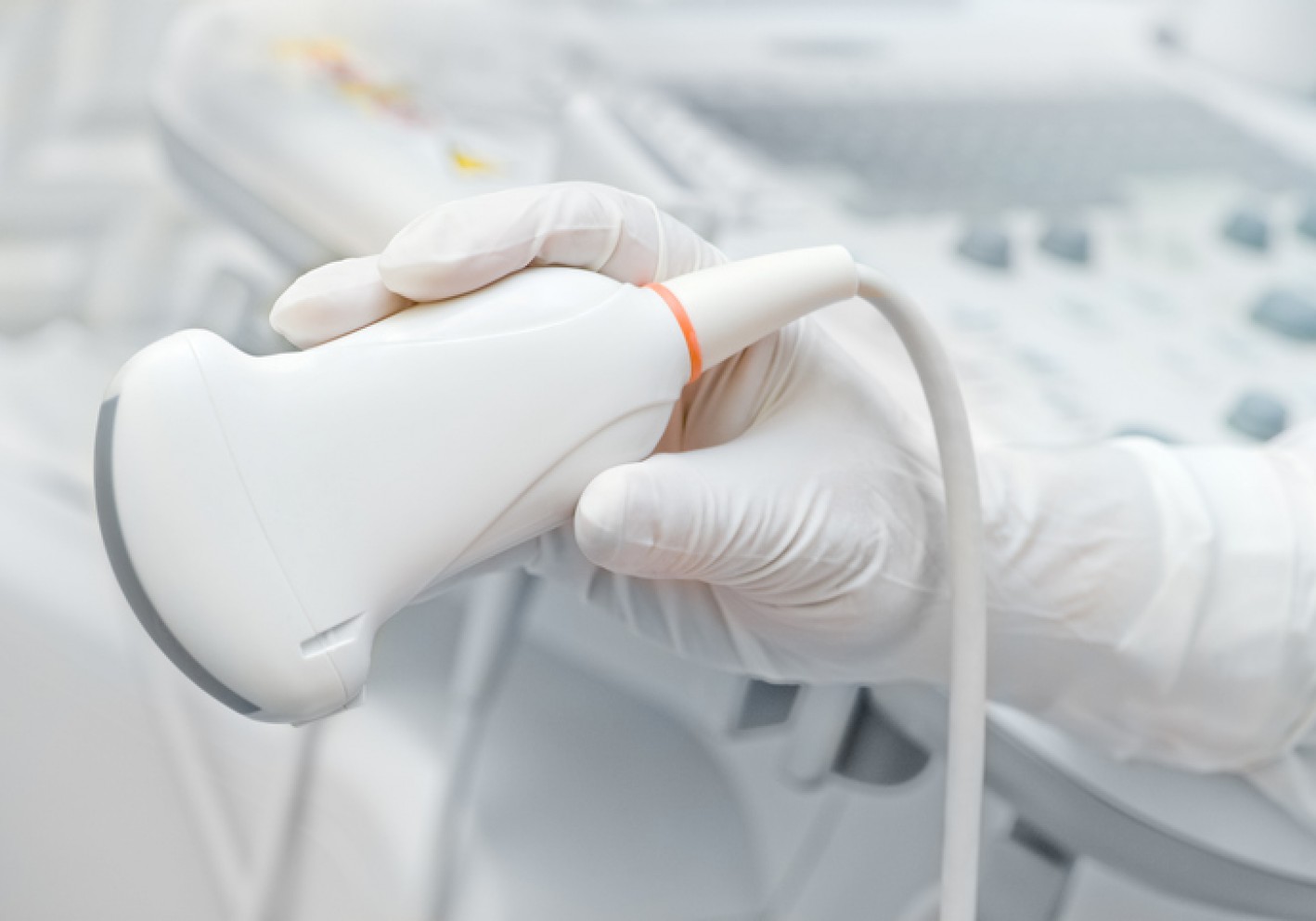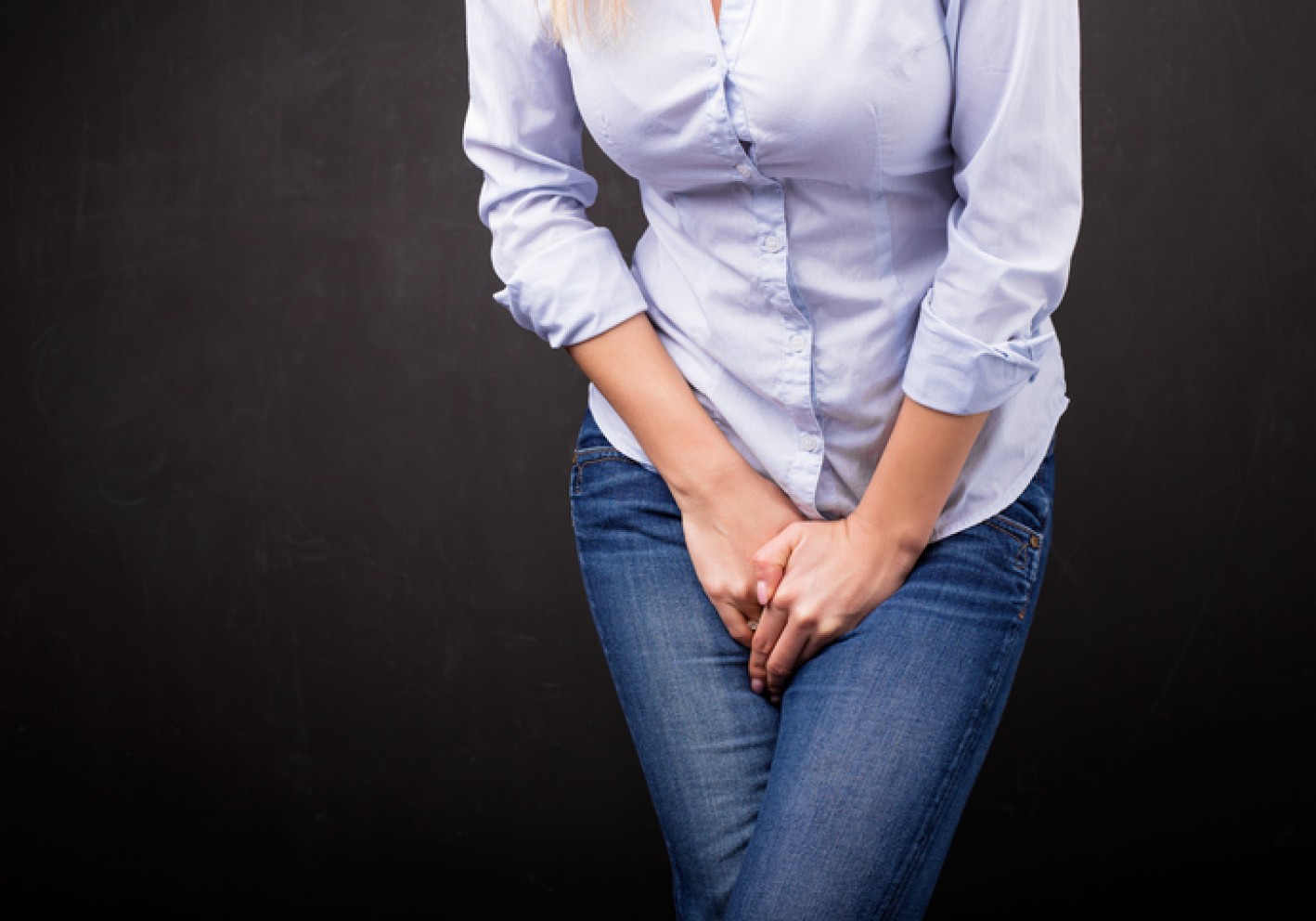Pelvic Organ Prolapse ~ An update on Evidence Based Conservative Management Approaches
Pelvic Organ Prolapse (POP) is an extremely common condition where one or more of the pelvic organs (such as the bladder, uterus, or bowel) descend from their normal position and bulge into the vagina due to weakness in the pelvic floor muscles (PFM) and connective tissues. POP is often classified by stages, ranging from Stage 1 (mild descent) to Stage 4 (complete eversion).(1)
Postnatal Return to Running – A Framework for Health Professionals
As health professionals supporting women following birth, we often find ourselves being asked “when can I return to running – it’s the form of exercise that works best for me.” In the back of our minds is wanting to prevent the occurrence of the statistic we all know well - 1 in 3 women will experience pelvic floor dysfunction after childbirth.
Vulvodynia: Taking Understanding To a New Level
Vulvodynia is a chronic vulvar pain condition affecting 8-16% of women at some point in their lives. It is the most common cause of sexual pain in pre-menopausal women. Despite the high prevalence and significant impact on quality of life, it remains poorly understood and often mis-diagnosed and mis-managed. With advances in pain neuroscience and central pain mechanism research over recent years...
Working Together For GSM: Oestrogen & Physiotherapy
Genitourinary Syndrome of Menopause (GSM) can be defined as a collection of symptoms and signs associated with a decrease in oestrogen and other sex steroids involving changes to the labia majora/minora, clitoris, vestibule/introitus, vagina, urethra and bladder.
Clitoral Curiosity
Every day, we speak with people who seek our support regarding painful sex. Often their stories include fear, confusion and a poor understanding of the vulva, clitoris and vagina. Many people hold unhelpful beliefs and perceptions of what is and isn’t normal. As Pelvic Health Physiotherapists, part of our role is to educate, enlighten and empower individuals to develop a healthier perspective...
How Can We Ensure Competency Standards In Pessary Management for POP?
Pessaries are being increasingly utilised as a component of the biopsychosocial non-surgical management of Pelvic Organ Prolapse (POP), in addition to pelvic floor muscle training, lifestyle changes and topical oestrogen. It is vital that these treatments are provided effectively and safely following evidence based and competency assessed standards.
Highlights From The 23rd Asia-Pacific Prostate Cancer Conference
The 23rd Asia Pacific Prostate Cancer Conference gathered almost 400 of the leading Australian and international Urologists, Oncologists, Pelvic Health Physiotherapists, Prostate Cancer Specialist Nurses, Urology Nurses and other health practitioners in this field together to share the most recent advances in research and treatment and learn about the improved management of prostate cancer. Shan...
Looking Outside The Pelvis In Persistent Pelvic Pain
According to the 2022 European Association of Urology Guidelines on Chronic Pelvic Pain, Persistent Pelvic Pain (PPP) is persistent pain perceived in structures related to the pelvis of either men or women. PPP can be further categorised as Chronic Primary Pelvic Pain, where there is no obvious pathology and Chronic Secondary Pelvic Pain, where there is specific disease or pathology associated...
An Endo Story
This article is a personal story written by one of our patients (she/her) with Endometriosis who asked if she could share her experience in both our patient and referrer blog. Her journey highlights the significant impact that a multidisciplinary health care team that communicates regularly can have on supporting people with Endometriosis. We value being included in this MDT and learning from...
SUI and Athletes
Stress Urinary Incontinence (SUI) is defined as a complaint of involuntary loss of urine upon effort or physical exertion (eg, sport) or on sneezing and coughing and is often attributed to Pelvic Floor Muscle Dysfunction (PFMD). More and more, we are seeing that SUI as a major cause of reduced performance in female athletes. Why is this happening and how can we treat it?
“My Vagina Is Broken” – Debunking Myths to Improve Sexual Pain
The inspiration for this article comes from one of our favourite books, “Come As You Are”, by Dr Emily Nagoski. In her book, Dr Nagoski pulls together years of research into women’s sexuality, relationships and wellbeing and shares an evidence based exploration of how female arousal, desire, autonomy, pleasure and orgasm works, and provides tools for women to create and sustain a fulfilling sex...
Why You Should Consider Central Mechanisms When Treating Endometriosis
Recently, there has been an explosion of research into endometriosis associated pain and the influence of central mechanisms in the pain experience. Endometriosis-associated pain syndrome (EAP) is defined as “chronic or recurrent pelvic pain in patients with laparoscopically confirmed endometriosis”, and the term is used when the symptoms persist despite adequate endometriosis treatment.
Adverse Childhood Experiences: Implications For Adult Health
Did you know that adverse experiences in childhood can have a big impact on health later in life? A landmark study in 1998 known as the ACE (Adverse Childhood Experiences) study followed over 17,000 participants, investigating the impact of emotional and physical trauma in childhood on physical and psychological health later in life. The results were overwhelmingly clear that childhood abuse and...
Impact of Gestational Diabetes on the Pelvic Floor Muscles
Gestational diabetes (GDM) is associated with increased incidence of pelvic floor dysfunction and urinary incontinence, both during pregnancy and post-natally. An interesting study was published late 2020 on this topic, exploring the effect of GDM on the pelvic floor muscles. 110 pregnant women with and without GDM were assessed with 3D ultrasound at 24-28 weeks and 34-38 weeks gestation, and...
The Link Between Sleep and Chronic Pain
Good sleep is hard to come by during this pandemic. The impossible juggle of work, kids at home, stress and isolation has challenged sleep for many. We know that poor sleep has a huge impact on many aspects of physical and mental health, and recent research also shows a relationship between sleep disturbances and chronic pain. According to Maslow, sleep is one of our basic physiological needs...
Treating Incontinence, Empowering Women
Urinary incontinence (UI) is a significant problem for Australian women. Affecting 1 in 3 women of all ages, this is an issue that needs to be taken seriously. When a woman is not able to control her bladder, it can affect her life profoundly. Women will often stop exercising, withdraw from intimacy, have reduced self-esteem, and avoid engaging in things they enjoy. Shockingly, a large population...
Stress, Anxiety & Pelvic Pain: A Challenging Combination
We have noticed a recent dramatic increase in pelvic pain presentations that appear to be triggered by higher levels of stress and anxiety during the COVID-19 pandemic. When a patient presents with chronic pain, it is no longer acceptable to view them through a narrow lens. More and more research now supports what we have long known, that chronic pain is driven by a sensitised nervous system....
Explaining Pain Doesn’t Have To Be Painful
The research is now undeniable - educating a patient about the science of pain is an essential component of persistent pain care. Unfortunately, pain education is not easy and finding the right language is challenging for many health professionals. We know that education is therapy but just like all education, there is no one size that fits all. Everybody has a different story, different ways...
Is A Tight Pelvic Floor A Strong Pelvic Floor?
“Isn’t it good for my pelvic floor to be tight? Isn’t a tight pelvic floor a strong pelvic floor?” These are two questions we are often asked, and the answer to both is NO! More and more commonly we are diagnosing pelvic floor muscle overactivity as a contributing factor to bladder and bowel dysfunction, pelvic pain and dyspareunia. Shan and Leonie attended a workshop at the International...
How to Improve Life After Gynae Cancer
Gynaecological cancer is the third most commonly diagnosed cancer among women. Thankfully the survival rates are increasing, but, as a consequence, many women are now having to live with the adverse effects of treatment. These often include bothersome bladder, bowel and sexual dysfunction. Research and awareness in this area is improving, with Associate Professor Helena Frawley from Monash...
Endometriosis, No More Suffering In Silence
Endometriosis, a disease affecting 1 in 10 Australian women, is rarely spoken about but can have devastating effects on many aspects of a woman’s life. Thankfully, this should change, with the release of a National Action Plan (NAP) for Endometriosis, delivered by Health Minister Greg Hunt last year.
Fluid Intake And OAB: Less Is More!
Many health professionals endorse drinking 2 litres of water each day, despite a lack of scientific evidence to support this1. In patients with overactive bladder (OAB), excessive fluid intake is known to exacerbate urinary frequency and urgency. A new systematic review has just been published, investigating fluid intake and OAB, and the results are fascinating.
New Research On Vulvodynia Management
Vulvodynia affects 10-20% of women, and its prevalence is on the rise. It affects women across the lifespan, and its pathophysiology is still poorly understood. Associate Professor Melanie Morin, Canadian researcher and Pelvic Floor Physiotherapist, recently presented an update on Provoked Vestibulodynia (PVD) at the International Continence Society 2018 in Philadelphia. Her fascinating...
Case Study: Faecal Incontinence
Jill was referred by a Urologist to WMHP for management of Urgency Urinary Incontinence, but during subjective assessment disclosed that Faecal Incontinence was actually her most bothersome symptom. This case study highlights the absolutely devastating effect Faecal Incontinence can have on a person’s quality of life, and how a structured treatment program can cure this highly bothersome...
International Continence Society 2018 - Key Highlights
Leonie Yeap, Clinical Manager at WMHP, and I were fortunate enough to travel to Philadelphia, USA to attend the 48th annual meeting of the International Continence Society held in August. The meeting, attended by around 1500 delegates from across the globe, is a forum for researchers, clinicians and students to explore the latest research on urinary and faecal incontinence and pelvic floor...
Better Bowels With Rectal Balloon Biofeedback
Rectal balloon therapy is emerging as an exciting biofeedback tool to effectively treat a variety of benign anorectal disorders. Wald and co-authors recently published the American College of Gastroenterology Clinical Guideline: Management of Benign Anorectal Disorders1, and strongly recommended the use of biofeedback with rectal balloon therapy for treatment of defecatory disorders, chronic...
Faecal Incontinence: The Role Of Ageing And Gender
Faecal incontinence (FI) affects up to 1 in 5 Australian men and 1 in 8 Australian women. This is higher than the prevalence of diabetes (6%) and asthma (11%). Dr Danette Wright, colorectal clinical fellow, recently delivered a fascinating presentation at the Continence Foundation Australia NSW State Meeting, discussing the role of ageing and gender in FI. Males and females are both affected by...
Weight Loss: The "Wonder Drug” For Incontinence
Australians are getting fatter, with 7 in 10 Australian men, 1 in 2 women and 1 in 4 children now being overweight or obese. Unfortunately these numbers are continuing to rise. Dr Lucy Bates, Urogynaecologist at Westmead Hospital in Sydney, recently presented at the Continence Foundation Australia NSW State Meeting, exploring the relationship between obesity and incontinence, and what we can do...
Case Study: The Power of “Explaining” Pelvic Pain
Tracey was referred to WMHP with dyspareunia, vulvodynia, and pelvic floor muscle dysfunction following gynaecological surgery. This case study explores the impact of psychological and social factors on Tracey’s pain experience. It highlights the importance of following a biopsychosocial approach incorporating therapeutic neuroscience concepts when developing an effective treatment program....
PFD In Sportswomen: A Silent Epidemic
Urinary incontinence and pelvic floor muscle dysfunction are too often considered disorders of post-partum and postmenopausal women. However, recent research shows an alarmingly high prevalence of urinary incontinence among nulliparous female athletes – particularly in those participating in repetitive, high impact sports such as gymnastics, netball and running. Urinary incontinence in women...
New Treatment Option For OAB: TTNS
Professor Suzanne Hagen, Scottish pelvic floor research guru, recently delivered a key note address at the 26th National Conference on Incontinence 2017. She discussed Transcutaneous Tibial Nerve Stimulation (TTNS) as a treatment option for overactive bladder (OAB). The research base supporting this treatment technique is growing. A systematic review published this year concluded that TTNS can...
Stacey: A Case Study Of Post-Natal Urinary Incontinence
Urinary Incontinence after childbirth is a very common problem. However, too often it is dismissed by health professionals and women as 'normal', with a reminder to 'do pelvic floor exercises'. This case study highlights the complexities than can exist after childbirth, and the importance of a thorough subjective and objective assessment.
Does Cranberry Work For Preventing UTI?
Urinary tract infections (UTIs) are incredibly common, affecting 1 in 2 women and 1 in 20 men in their lifetime. Twenty to thirty percent of women who contract a UTI will experience recurrence. A common treatment for recurrent UTIs is low dose antibiotic prophylaxis, however such treatment programs can lead to antibiotic resistance. The increase in antibiotic resistance has re-ignited interest...
Case Study: Increased Tension In The Pelvic Floor Muscles
Sonya was referred to WMHP for obstructed defecation and pain with bowel emptying. However, following a thorough biopsychosocial assessment, it emerged that Sonya’s main concern was dyspareunia. This case study explores the complex inter-relationships of bladder, bowel, and sexual function, and highlights the sequela of increased tension in the pelvic floor muscles (previously termed an “...
Case Study: Provoked Vulvodynia
Provoked vulvodynia is one of the many chronic pelvic pain syndromes we see presenting in women. This complex and multifactorial condition has a significant impact on every aspect of the lives of these women who are often young. There is increasing evidence supporting a multi-disciplinary, biopsychosocial approach. This case study illustrates Physiotherapy best practice.
Hot Off The Press: The ICI Book
The recently published and highly anticipated 6th edition of the ‘International Consultation on Incontinence’ book highlights the very strong evidence base supporting pelvic floor muscle training as an effective treatment for many bladder and bowel disorders. Pelvic floor muscle training is Grade A recommended treatment for female urinary incontinence and pelvic organ prolapse.
10 Tips For Managing IC / PBS From Professor Curtis Nickel
Interstitial cystitis / painful bladder syndrome (IC/PBS) is a complex condition, and often difficult to treat. Professor Curtis Nickel, urologist and pelvic pain guru from Canada, was a key note speaker at the recent USANZ conference, and shared ‘10 Tips For Managing IC/PBS’. His overwhelming message, loud and clear, was that IC/PBS is a multi-factorial condition, and a multidisciplinary...
Painfree Sex After Childbirth
Sexual dysfunction after childbirth is incredibly common, with nearly two thirds of women experiencing sexual problems six months after delivery1. Physical and psychosocial factors both play a role in its development. Unfortunately, only 15% of women with sexual problems reported discussing it with their healthcare professional1 which is very sad as it can be successfully treated!
Transperineal Ultrasound (TPUS): An Exciting Technology
Real time 2D transperineal ultrasound imaging is emerging as an exciting technique for both pelvic floor muscle assessment and training. Far superior to the transabdominal approach, it’s a valuable tool to use with patients before or after radical prostatectomy, prolapse, pelvic pain, obstructed defecation, or voiding dysfunction.
Understanding Urgency And Centralisation In OAB
There is an emerging body of research that supports the role of centralisation in patients with overactive bladder (OAB). Urgency is no longer considered a direct representation of detrusor overactivity, rather it’s a multidimensional sensory experience. This knowledge enables reconceptualisation of current first-line conservative treatments for OAB, with the potential to improve their efficacy.



